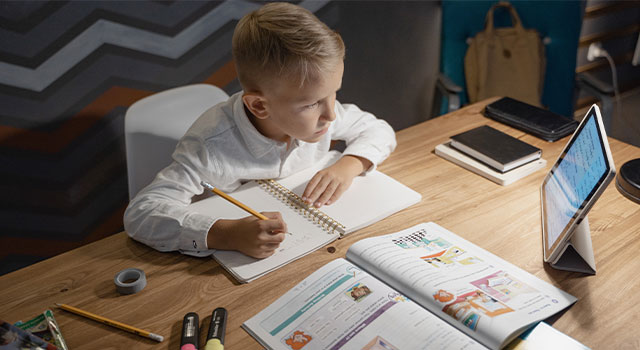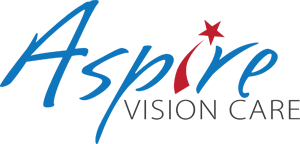 Brain scans show that up to 80% of the sensory input that the brain receives comes through vision. In fact, no other sense takes up as much brainpower or contributes to learning as much as vision does.
Brain scans show that up to 80% of the sensory input that the brain receives comes through vision. In fact, no other sense takes up as much brainpower or contributes to learning as much as vision does.
So, if a child is having learning difficulties, it may be time to take a closer look at how well their visual system is functioning.
How are Vision and Learning Linked?
Experts agree that the majority of classroom learning is based on a child’s vision and the functioning of their visual system. Optimal visual skills allow a child to read easily, process visual information efficiently and concentrate for extended periods of time.
Children with visual problems may experience difficulties with writing, reading, math, sports and even social skills. Poor vision can also cause a child to withdraw in the classroom and shy away from raising their hand to answer questions.
What Can Parents Do for Their Children’s Vision?
Know the Warnings Signs to Watch For
Bring your child to your family’s optometrist if you notice any of the following signs or symptoms:
- Reading or learning difficulties
- Poor attention or concentration
- Frequent eye rubbing
- Disinterest or refusal to engage in visually demanding activities
- Squinting or closing one eye while reading
- Frequent head tilting
- Headaches or eye strain
- Short attention span, especially when reading
- Poor reading comprehension
- Poor hand-eye coordination
Schedule Regular Eye Exams
A child’s vision can change rapidly. The only way to detect changes in your child’s visual system is through regular comprehensive eye exams with an optometrist. Even the most motivated child may not be aware that something is wrong with their vision and believe that they see the way everyone else does.
Parents, please take note: School vision screenings are not enough, as they only check for a handful of vision problems and don’t take into account the important visual skills needed for efficient learning. Moreover, school vision screenings fail to identify up to 75% of children with visual problems.
To make sure this doesn’t happen to your child, it’s recommended that they get their vision evaluated with an optometrist annually, or as often as their eye doctor recommends.
Consider Vision Therapy
If your child is diagnosed with a vision problem, there is hope!
Your optometrist may recommend a custom-made vision therapy program to target the root cause of the issue and correct the problem. Children who complete vision therapy often do better in school, start to enjoy reading and have more confidence.
If your child is struggling with any aspect of classroom learning or homework or is exhibiting behavioral problems, bring them in for a functional vision assessment to rule out visual dysfunction as an underlying cause or contributor.
To schedule your child’s appointment and learn more about what we offer, call Aspire Vision Care today!
Aspire Vision Care serves patients from Round Rock, TX, Pflugerville, Cedar Park, and Georgetown, Texas and surrounding communities.
Q: What is vision therapy?
- A: Vision therapy is an in-office series of visual exercises that help enhance and strengthen the communication between the brain and eyes. This specialized form of vision care helps treat adults and children with conditions like crossed-eyes and eye-turn, as well as problems with eye tracking, eye teaming, convergence insufficiency and hand-eye coordination, among others.
Q: How long does a vision therapy program last?
- A: There is no set length of time since each case varies depending on the type and severity of the visual condition. Patients can see results within a few sessions but may continue treatment for several months. Generally speaking, once a child completes a vision therapy program, he or she experiences lasting results.

